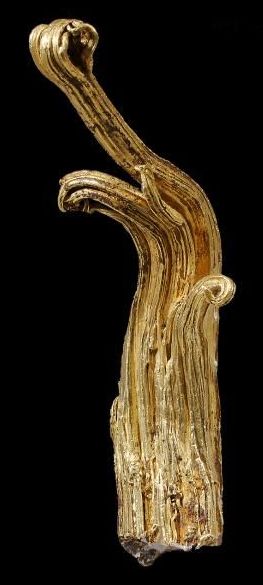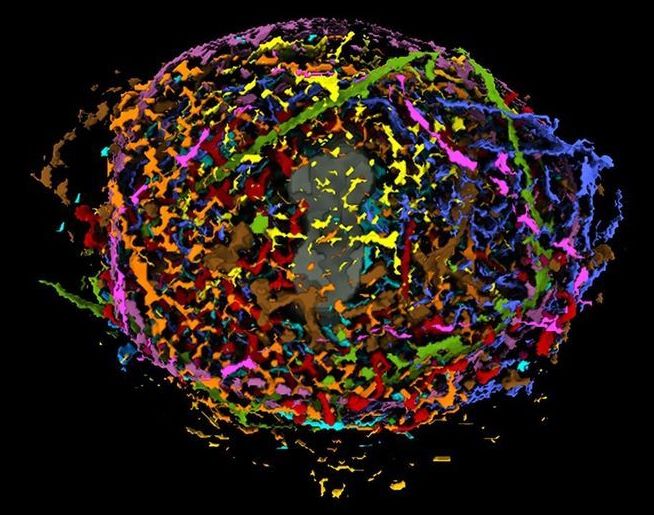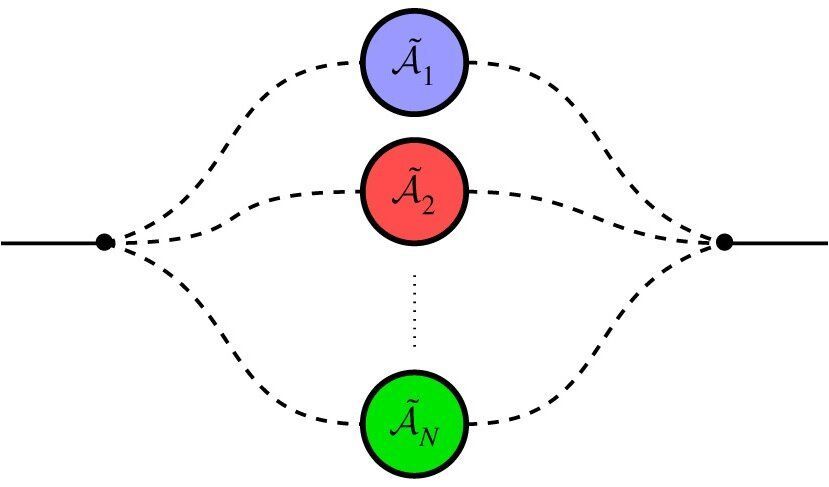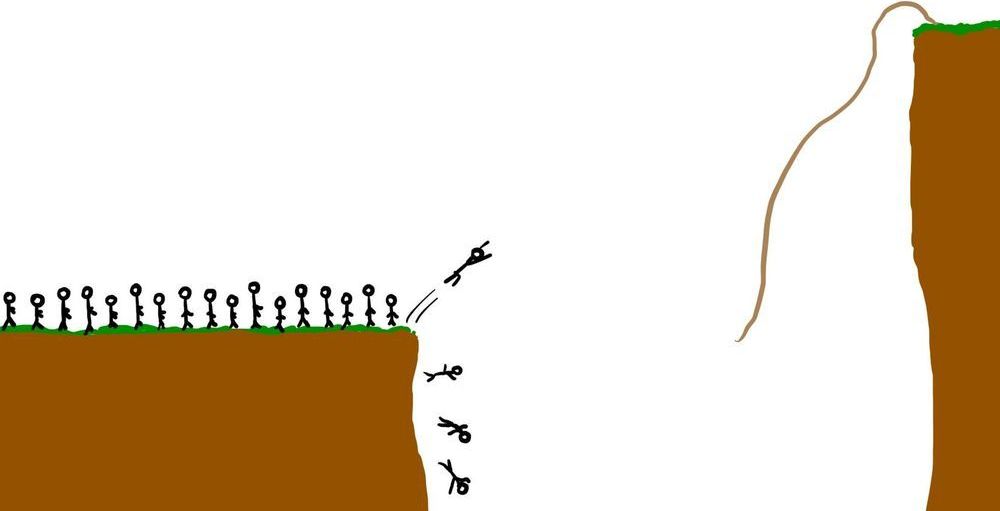More than 130 years after its discovery, scientists just got their first high-tech peek at the unexpected crystal structure inside the Ram’s Horn.




During the height of the Civil War, the Confederate Surgeon General commissioned a guide to traditional plant remedies of the South, as battlefield physicians faced high rates of infections among the wounded and shortages of conventional medicines. A new study of three of the plants from this guide—the white oak, the tulip poplar and the devil’s walking stick—finds that they have antiseptic properties.
Scientific Reports is publishing the results of the study led by scientists at Emory University. The results show that extracts from the plants have antimicrobial activity against one or more of a trio of dangerous species of multi-drug-resistant bacteria associated with wound infections: Acinetobacter baumannii, Staphylococcus aureus and Klebsiella pneumoniae.
“Our findings suggest that the use of these topical therapies may have saved some limbs, and maybe even lives, during the Civil War,” says Cassandra Quave, senior author of the paper and assistant professor at Emory’s Center for the Study of Human Health and the School of Medicine’s Department of Dermatology.

Governments are becoming ever more reliant on digital technology, making them more vulnerable to cyber attacks. In 2007, Estonia was attacked by pro-Russian hackers who crippled government servers, causing havoc. Cyber attacks in Ukraine targeted the country’s electricity grid, while Iran’s nuclear power plants were infected by malware that could have led to a nuclear meltdown.
In the US, president Trump recently declared a “national emergency” to recognise the threat to US computer networks from “foreign adversaries”.
Politically-motivated cyber attacks are becoming increasingly commonplace but unlike traditional warfare between two or more states, cyberwarfare can be launched by groups of individuals. On occasion, the state is actually caught in the crosshairs of competing hacking groups.

Information theory, which was developed by Claude Shannon starting in the late 1940s, deals with questions such as how quickly information can be sent over a noisy communications channel. Both the information carriers (e.g., photons) and the channel (e.g., optical fiber cable) are assumed to be clas…



In a recent study, researchers have explored senescence-related proteins and protein interactions in cataracts, a leading cause of visual impairment and blindness in older adults.
Cataracts are characterized by the clouding of the lens in the eye, which leads to impaired vision. Cataracts generally develop slowly and can affect either one or both eyes at the same time. Cataract symptoms typically include faded colors, blurry or double vision, halos around light, trouble with bright lights, and difficulty seeing at night.
By analyzing proteins and their interactions, these researchers aim for a full understanding of this condition, showing that multiple biomarkers associated with aging rise during the formation of cataracts. Typically, p53, a well-known biomarker for the presence of senescent cells, is seen to rise along with transforming growth factor-beta1 (TGF-β1), another biomarker commonly associated with inflammation when encountered in high amounts. During the development of cataracts, the number of senescent cells rises, as this research shows.

Sen has successfully demonstrated the world’s most powerful ever video streaming platform to operate in space, and the world’s first 4K video from a satellite: https://sen.com/press/press-release